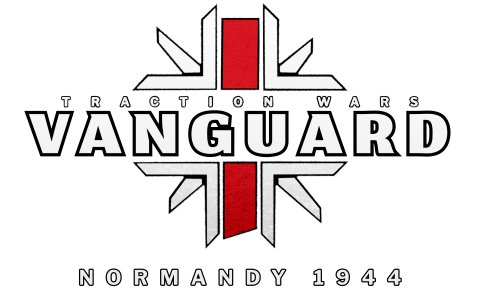agus92
Member
As in, having emplacements in TW? Yes, the current thinking is that both sides will feature a role that has a Lafette-mounted MG34/MG42 or a Vickers. These can be placed and picked back up. There will also be emplacements like Flak 18s, Flak 38s, and Pak 40s, but it is unclear whether we will be able to move these.
Thanks.
The ones you mentioned are very important, but originally I had foxholes/sandbags in mind. For chapter one don't seem very fitting, but after bigger maps with longer rounds appear, they should be something to consider IMO.
(I know, I know, chapter 2 won't happen in a while, but discussing is live, discussing is love)
- - - Updated - - -
Not necessarily, you can set up defensive positions without having to use emplacements. What I mean is to position every soldier in a strategic/tactical position to cover the enemy attacks like watching the flanks, how to use cover like buildings or flora, how to use scouts, snipers, MGs, and so on efficiently.
As well state the importance of defending and to promote it because the mindset of most players doesn't focus on defending, as in having to sit down for a long time waiting for the enemy. This happens in most games (PR, FH2, and so on) which is very frustrating.
To clarify: I would like an explanation on defense both with an without the possibility to entrench.
